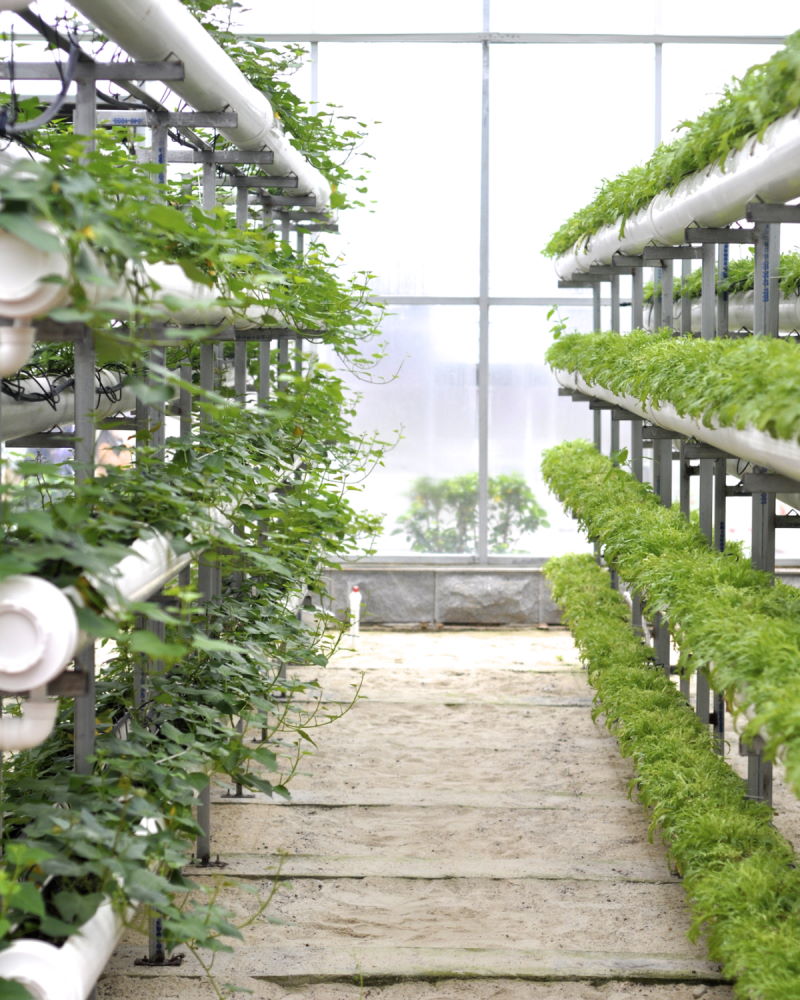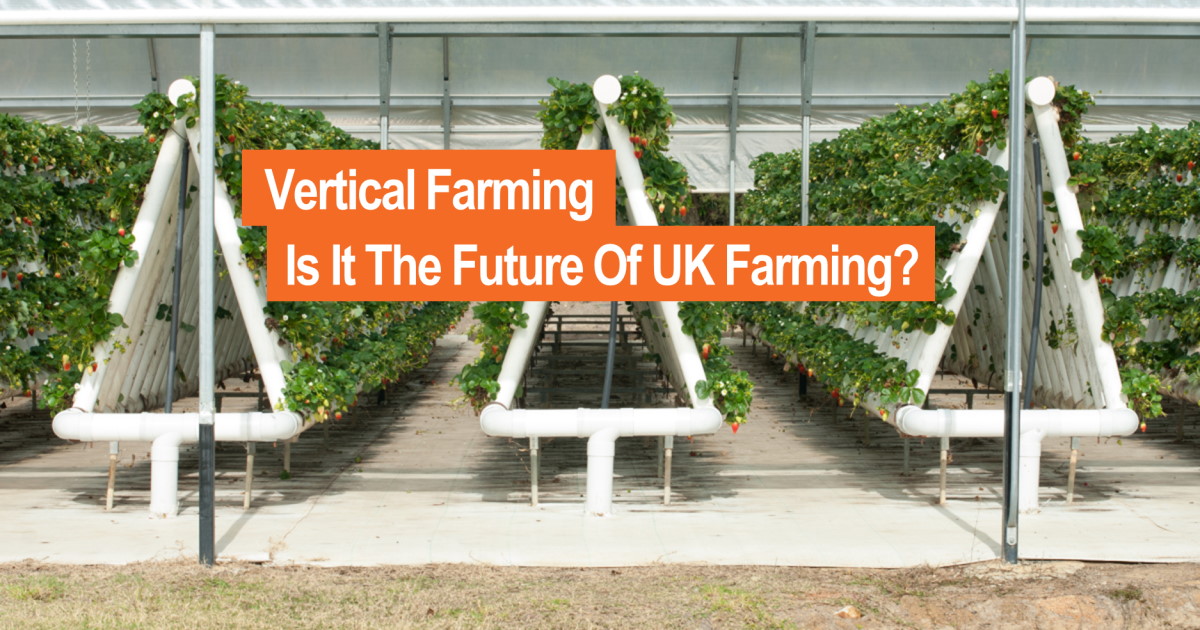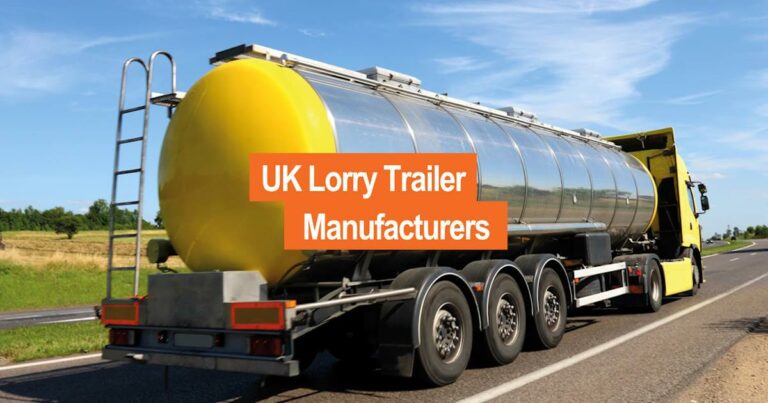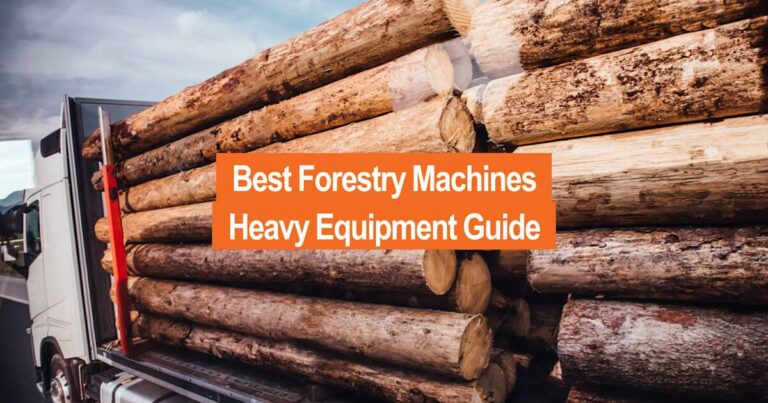Next year, a vertical farm costing £500,000 will be set up at Edinburgh’s King’s Buildings campus. Earlier this year, another venture into vertical farming was announced in Northamptonshire. Later this year, a new vertical farm in Bedford will produce its first crop.
Vertical farms are quite literally popping up everywhere!
The entire vertical farming industry is undergoing massive growth, not just in the UK but also worldwide. According to Forbes, the indoor vertical farming market was worth around $3 billion globally back in 2018. By 2026, it’s predicted to reach a massive $22 billion. Further research suggests it could grow to around $50 billion.
But this colossal industry remains a mystery to many. Apart from the apparent vertical aspect, most people know nothing about vertical farming.
Let’s change that. Because the chances are, vertical farming will produce most of our food over the coming years.
What is vertical farming?
Vertical farming is exactly what it sounds like. It is the process of growing crops and food produce in stacked vertical layers in a controlled environment.
Usually, this means crops are grown on a horizontal surface, but there are multiple layers. However, depending on the crop type, some vertical farming systems grow plants directly onto a vertical or almost vertical surface.
The most common indoor farming crops at the moment include lavender, bamboo, basil, lettuce and garlic.
Vertical Farming Aeroponic Vs. Vertical Farming Hydroponic
One of the most interesting things about vertical farming is that vertical farms don’t use traditional agricultural methods. This means that crops are grown without the use of soil.
The most common method to grow plants indoors is through hydroponic farming. This is where the roots of the plant are submerged in water, rather than in soil.
The water is enriched with the correct mixture of nutrients for the specific plants. The environment is controlled, but not totally sterile, since the roots are submerged.

Other vertical farms use a similar process called aeroponics. The difference between hydroponic and aeroponic farming is that in aeroponics, the plant’s roots are not submerged in water.
The water and nutrients are sprayed or misted onto the plant, leaving the roots open to the air. It does however mean the entire environment must be strictly controlled to prevent the roots from absorbing toxins or bacteria.
While both are very effective ways of growing crops, aeroponics is generally considered to produce healthier crops as the roots can absorb more oxygen and grow faster.
Aeroponics also uses less water making it slightly more environmentally friendly. However, due to the complicated climate and atmosphere controls, aeroponics is more expensive to set up and operate.
Vertical Farming Aeroponic Vs. Vertical Farming Hydroponic
One of the most interesting things about vertical farming is that vertical farms don’t use traditional agricultural methods. This means that crops are grown without the use of soil.
The most common method to grow plants indoors is through hydroponic farming. This is where the roots of the plant are submerged in water, rather than in soil. The water is enriched with the correct mixture of nutrients for the specific plants. The environment is controlled, but not totally sterile, since the roots are submerged.
Other vertical farms use a similar process called aeroponics. The difference between hydroponic and aeroponic farming is that in aeroponics, the plant’s roots are not submerged in water. The water and nutrients are sprayed or misted onto the plant, leaving the roots open to the air. It does however mean the entire environment must be strictly controlled to prevent the roots from absorbing toxins or bacteria.
While both are very effective ways of growing crops, aeroponics is generally considered to produce healthier crops as the roots can absorb more oxygen and grow faster.
Aeroponics also uses less water making it slightly more environmentally friendly. However, due to the complicated climate and atmosphere controls, aeroponics is more expensive to set up and operate.
Why is vertical farming becoming so popular?
The benefits of vertical farming systems are clear and have led to a considerable increase in investment in this style of agriculture over recent years.
Because vertical farms are specifically designed and controlled environments, the crop yield is incredibly high. Very few crops are lost as farmers can easily maintain the environment for optimal conditions and eliminate bugs and diseases.
Protection against common pests is much simpler and it allowed the crops to flourish – so more can be sold at higher margins.
Furthermore, with increasingly unpredictable weather causing damage to harvests, farming in a controlled environment means year-after-year vertical farms produce consistent produce.
Not to mention the fact that crops can be grown year-round. There is also no downtime to allow the soil to recover and no weather impact. This boosts profits over time.
The Environmental Impact
You might think that the precisely controlled environments of vertical farming make it less environmentally friendly, but this isn’t the case.
Building a vertical farming environment from scratch means farmers can add the latest in green technology. From reusing and recycling water, to fewer harsh chemicals, more efficient land usage, and less habitat destruction – vertical farming is often considered more environmentally friendly.
According to research by Barclay’s Bank, vertical farming actually uses 95% less water. The more conservative estimates suggest at least 70% less water is used in vertical farming.
In addition, fewer pesticides used by vertical farms mean they are unlikely to pollute nearby water or soil. The hydroponic and aeroponic farming systems use artificial lighting provided by special LED bulbs, this actually means that plants grow more efficiently and use less energy.
Vertical farms can also be located to minimise transportation costs and vehicle emissions. Meaning that vertically grown crops are more environmentally efficient and have a smaller carbon footprint throughout every aspect of the production process.
On average, crops grown via vertical farming have fewer carbon emissions over their entire lifecycle.
Is vertical farming the future of UK farming?
With so many benefits, it is no surprise to learn that more and more vertical farms are being set up. So much so, indoor farming using controlled conditions may well be the future of agriculture in the UK.
Some of the major challenges facing UK farmers include minimising environmental damage, as well as, producing enough food to feed a growing population while urban areas expand and take over farmland.
In these problem areas, vertical farming offers a solution.
As we have already seen, one of the most significant vertical farming benefits is the reduced environmental impact. But it goes further than saving water and using fewer chemicals.
Vertical farming provides the perfect opportunity to convert to renewable energy sources. Solar panels and wind farms can be attached to vertical farming (as they can be to traditional agricultural farms) to further reduce fossil fuel or nuclear energy usage. Often, renewable energy sources mean vertical agriculture is almost entirely green with no carbon footprint at all.
Of course, the other reason why vertical farming is likely to remain popular – is its space-saving capability.
Farmland in the UK is in high demand, and with a growing population to feed, the availability of traditional farmland to grow crops is putting a strain on some local famers.
Vertical farming can repurpose old mine shafts, shipping containers, disused factory buildings, and even underground bunkers – these are ideal vertical farming buildings. The amount of land needed compared to the number of crops is increasingly more attractive for farmers.
As the population grows and urban areas branch out into green spaces, vertical farming will become popular for the future production of British-grown crops.
Furthermore, there is a distinct labour shortage to undertake manual farming tasks. Much of the vertical farming process is automated, meaning fewer people are needed to produce a high volume of crops.
Going forward, more and more automated farming will undoubtedly take centre stage as the labour shortage continues. This will occur across traditional land-based farming through smart farming equipment – but vertical farming will be designed as fully automated from the outset.
Long-Term Investment
Vertical farming has many benefits, making it look like the perfect solution, but nothing is perfect.
The major drawback of vertical farming is the setup costs. The equipment needed to control the climate and regulate fertigation, irrigation, and lighting is expensive.
Many farmers wanting to invest in vertical farming will require farm start-up loans and financial support.
As a result, it’s a very niche market that isn’t open to all farmers at the moment. Many new vertical farms result from a collaboration between farmers and technology companies looking to invest in the future and to test new methods.
The average farmer is unlikely to have spare cash available to diversify into vertical farming. That is why it is important to speak with a farming financial specialist (such as Evangate FS) who can find ways to make it accessible.
A full-scale vertical farm can cost over seven-figures to set up: including lighting systems, climate control, structure, hydroponic system to nourish the plants and processing equipment for once the crop is harvested.
It is possible to begin with small vertical farms with minimal technology and by substituting automation systems with manual labour. Once the vertical farm is up and running, further investment in specialist equipment can be implemented.
However, maintaining specialist hydroponic systems isn’t the same as tinkering with a tractor. Not only are parts for these machines expensive, but farmers need to pay for specialist support.
This is why most farmers work with a tech company who can provide continued support. (This is another reason to speak with an agriculture finance broker, as we often have contacts within the technology sector).
The good news is that running costs are generally lower than traditional farms.
With little energy expenditure and a solid recycling structure in place, indoor farming does save on costs.
Not to mention that the farmers are in total control – so there is no need to save money for when a dry summer ruins crops. Vertical farms use less water and the controlled environment means farmers can predict crop numbers with greater accuracy.
So, although vertical farming does come with some financial constraints, farmers can earn their investment back in the long run.
For our best financial rates on funds for vertical farming complete our short form:
In addition, more and more governments are looking to support vertical farming projects to meet the high demand for food and reduce environmental damage.
Vertical farming technology costs will predictably only decrease over time, making indoor farming the farming of the future.
Vertical Farming Pros & Cons
Currently, vertical farming is largely inaccessible to most farmers due to the expensive start-up costs.
As such, most vertical farms are set up in creation with specialist companies looking to trial and develop new technology. Although the basics of vertical farming are well-established, with more and more vertical farms being set up, new technology could well revolutionise the industry to make vertical farming more accessible.
Vertical farming in controlled environments is still a very innovative industry. As companies and farmers explore new ways to improve vertical farming systems, the industry will likely change. The future of vertical farming depends on emerging technology and how easy it is for farmers to invest in it.
The vertical farming advantages for both for the environment and consumer, mean there is plenty of interest in how vertical farming will shape the food of the future. The industry appears ready to take off.
New technology, more financial backing, and lower energy costs will result in more vertical farms. Vertical farming is still developing, but you can expect big things from the industry over the coming decade.




